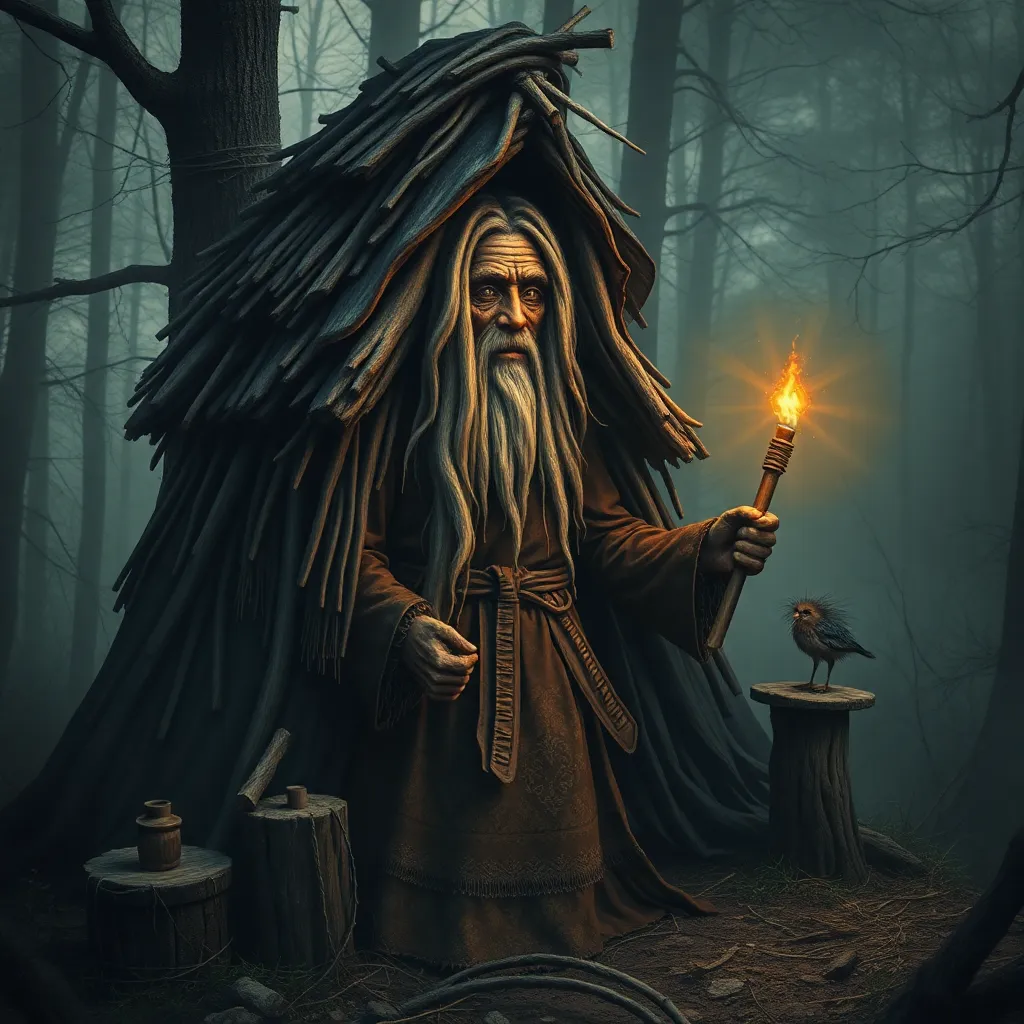The Allure of Forbidden Love: Myths That Break Boundaries
Introduction: The Fascination with Forbidden Love
Forbidden love refers to romantic relationships that are frowned upon, either by societal norms, cultural standards, or personal convictions. This concept has captivated hearts and minds throughout history, representing a deep-seated yearning for connection that transcends boundaries. From ancient myths to modern stories, forbidden love has been a recurring theme in human experience, mirroring our struggles against societal constraints.
The historical and cultural significance of forbidden love is profound. It often serves as a narrative device to explore themes of passion, rebellion, and the human condition. The exploration of these themes in this article will shed light on the psychological appeal, cultural representations, and the evolving nature of forbidden love across time and space.
The Psychological Appeal of Forbidden Love
The thrill of the taboo is one of the main attractions of forbidden love. Engaging in relationships that are socially unacceptable can evoke a sense of excitement and adventure. This psychological allure can be broken down into several key components:
- Emotional intensity and passion: Forbidden love often ignites a fire of passion that may be lacking in conventional relationships.
- The role of risk and danger: The inherent risks associated with forbidden love can heighten emotional responses and deepen attraction.
- Rebellion against norms: Engaging in a forbidden relationship can serve as an act of defiance, empowering individuals to assert their desires against societal expectations.
Cultural Representations of Forbidden Love in Literature
Literature has long served as a mirror to society, and the theme of forbidden love is no exception. Classic examples such as Romeo and Juliet and Wuthering Heights illustrate the tragic dimensions of love that defies social boundaries.
In Romeo and Juliet, Shakespeare explores the consequences of a love that transcends family feuds, leading to heartbreaking outcomes. Similarly, in Wuthering Heights, the tumultuous love between Heathcliff and Catherine is marked by social class struggles and intense passion, ultimately resulting in tragedy.
These stories have significantly impacted societal perceptions, often romanticizing the idea of love that must overcome obstacles. They raise questions about the nature of love, loyalty, and the costs of defiance.
Forbidden Love Across Different Cultures
The concept of forbidden love varies widely across cultures. In many societies, love that defies social norms is viewed through different lenses. For instance:
- Eastern interpretations: In cultures with strong familial ties, such as in many Asian countries, love that defies parental or societal expectations can lead to severe consequences.
- Western interpretations: In Western cultures, while societal norms still exist, there is often a greater acceptance of individual choice in matters of love.
Case studies of these cultural variations reveal how societal norms and taboos shape the narratives surrounding forbidden love, influencing how individuals navigate their desires and relationships.
The Role of Mythology in Shaping Forbidden Love Narratives
Mythology has long been a fertile ground for exploring themes of forbidden love. Stories such as Pyramus and Thisbe and Orpheus and Eurydice are rich with symbolism and moral lessons.
Pyramus and Thisbe’s tragic story of love separated by family conflict serves as a cautionary tale about the consequences of forbidden love. Orpheus and Eurydice explore the themes of love, loss, and the boundaries between life and death.
These myths influence modern storytelling, offering archetypal narratives that continue to resonate with audiences, reinforcing the allure and dangers of forbidden love.
Modern Media and the Reimagining of Forbidden Love
In contemporary storytelling, films and television shows have reimagined the forbidden love trope, often placing it in new contexts. Notable examples include The Notebook and Titanic, where love is challenged by external forces such as class differences and societal expectations.
The evolution of these narratives has shifted audience perceptions and expectations regarding love. Modern portrayals often emphasize personal agency and the transformative power of love, even in the face of opposition.
The Consequences of Forbidden Love: Social and Personal Impacts
While the allure of forbidden love can be intoxicating, it often comes with significant consequences. Societal backlash and stigma can lead to:
- Social alienation and ostracism.
- Personal repercussions such as heartbreak and emotional turmoil.
- Growth and self-discovery through navigating challenges.
These consequences serve as powerful reminders of the complexities involved in pursuing love that defies societal norms.
Forbidden Love in the Age of Technology
The rise of technology has transformed the landscape of romantic relationships, including forbidden love. Online dating platforms have made it easier for individuals to connect across traditional boundaries, while social media plays a dual role:
- Facilitating connections that might be deemed forbidden.
- Exposing relationships to public scrutiny and potential backlash.
This new dynamic raises questions about privacy versus public perception, complicating the nature of forbidden love in the modern era.
Breaking Boundaries: The Future of Forbidden Love Narratives
As societal attitudes towards love and relationships continue to shift, the narratives surrounding forbidden love are evolving. Emerging themes in literature and media reflect a growing acceptance of diverse relationships, challenging traditional boundaries.
This evolution may lead to new stories that highlight love’s ability to transcend societal expectations, emphasizing connection over convention.
Conclusion: The Enduring Allure of Forbidden Love
The fascination with forbidden love endures because it embodies the complexities of human emotions and relationships. By exploring these narratives, we gain insight into our desires, fears, and the societal structures that shape our understanding of love.
As we continue to delve into the myths and stories of forbidden love, we uncover the transformative power of these relationships, highlighting the ongoing struggle for connection in a world filled with boundaries.




